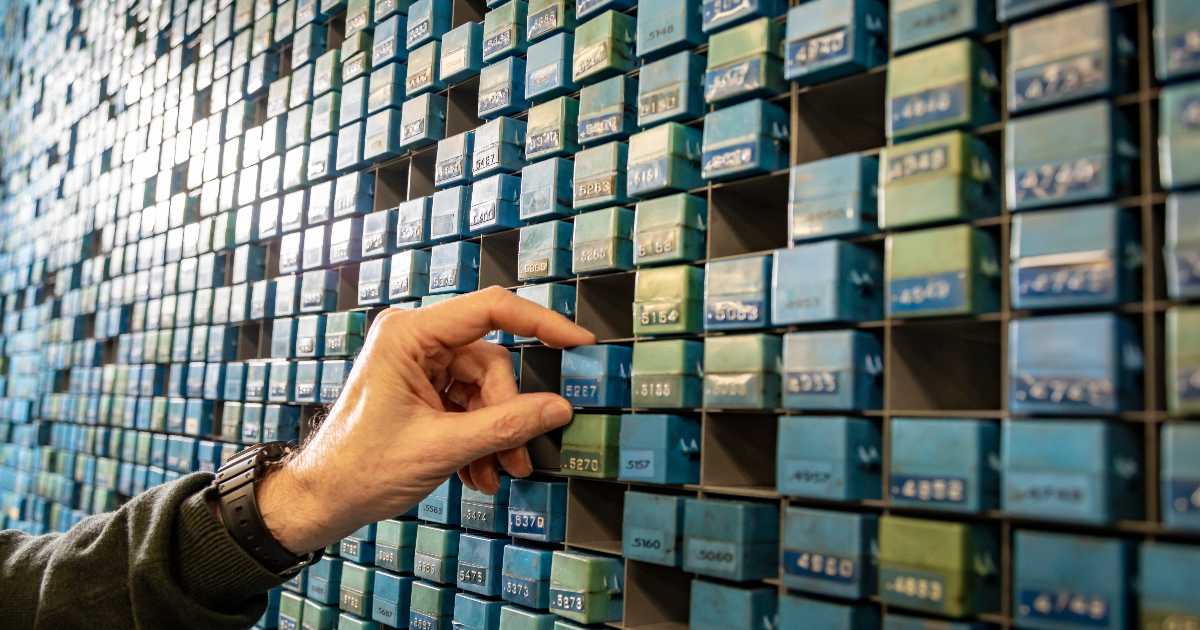Nearly 2 years ago I wrote When To Do a Random AQL Inspection vs. Check 100% of the Goods. It is a good overview of these 2 options:
- Send inspector(s) to your supplier’s factory for checking random samples
- Have the manufacturer of the goods deliver them to a facility (often called an “inspection center” or a “QC platform”) where all the pieces will be checked
This is a topic we explain regularly to our clients who use our contract packaging and contract assembly services. And my partner Fabien worked on a simple model to compare the total cost of the 2 options for the buyer. Let’s go over it.
Is it more expensive to do a QC check on a whole batch?
Most people would say “yes, it is more expensive”.
However, that’s not always true. We have had a number of cases the fully loaded cost was pretty similar.
Let’s take an example:
- 1% of the products are defective, and those defects have been documented and are not difficult to detect visually
- The unit price of the product is 5 USD
- 50 pieces can be checked visually in 1 hour
- For an inspection in an outside facility, there is a fixed setup cost of about 100 USD, and then all the time of operators checking products is billed at 100 RMB per hour
- Sending a professional QC inspector to the factory is 299 USD per man-day
- The customer who sends an inspector for a random inspection will still pay for the defective goods and receive them. So, we have to include this cost in the calculation if we are to show a fair comparison.
The random check becomes less appealing if we add the cost of defective products. For example, a toy manufacturer has to pay about 40 USD in processing costs and Fedex fees whenever 1 screw is found missing when the end user is assembling the product. And that’s without mentioning the bad will it generates (a whole Christmas evening can be spoiled that way).
(Note: some readers may point to the fact that the random inspection will detect some defective samples and those will have to be reworked. However, as I explained in a previous article, it doesn’t have any significant impact on the number of defectives in the whole batch at the time of shipment.)
In general, when does a 100% check of an entire batch make sense?
I will quote from my previous article:
From experience, I would point to three reasons some importers want a piece-by-piece check:
- The cost of delivering defective products is very high – it is worth spending more time to sort out all the bad pieces. For example, empty shampoo bottles that will go on an automated line (which might be stopped for hours because of one deformed bottle).
- There is a strong suspicion that a batch has quality issues and the supplier hasn’t done a good QC job — this is a classic after a first inspection failed and there was no reaction. Note that, if you know what the issues are, this is a focused check (sorting the goods by checking for 1 or 2 specific issues) and it can be done faster than looking for all types of issues on all pieces.
- There is a risk that good products get replaced by bad ones after inspectors are gone — sorting good pieces into cartons that are immediately sealed makes this swapping game harder to play. (More tips on this topic here.)
In additions, there is a fourth situation where it makes a lot of sense:
4. When the goods need to be re-processed in another facility before shipment. There are many cases where products coming from different factories have to be kitted and/or packed together.
(And sometimes those products come from different countries, in which case this operation is best done in a free trade zone.)
What are the typical difficulties of conducting a 100% inspection outside of the factory?
In many cases, the manufacturer of the goods will resist. There are good and bad reasons for that.
They might be afraid of delivering their goods before receiving full payment. So, it is harder to make it happen when there it little trust in the buyer-supplier relationship.
They might also be afraid of a lower payment due to many defective goods being found in the outside facility. That’s a valid concern if the quality standard is unclear and if that outside facility does not communicate at all with the supplier.
And they may want to get paid before any defects are found, as they are naturally in a much better position to negotiate the next steps. That is obviously not a good reason…
*****
You should also read…
- Defect sorting job (100% check)
- When To Do a Random AQL Inspection vs. Check 100% of the Goods
- QC inspections on a platform: pros and cons
Sofeast: Quality Assurance In China Or Vietnam For Beginners [eBook]
This free eBook shows importers who are new to outsourcing production to China or Vietnam the five key foundations of a proven Quality Assurance strategy, and also shows you some common traps that importers fall into and how to avoid or overcome them in order to get the best possible production results.
Ready to get your copy? Hit the button below:



